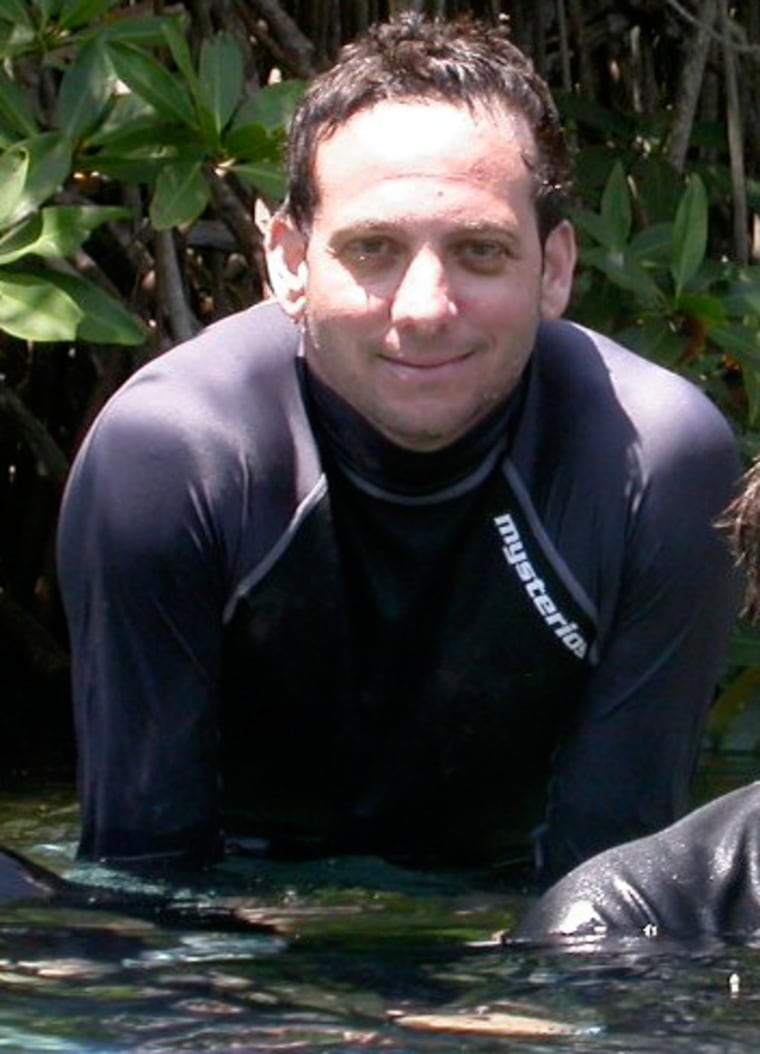I grew up in south Florida and began snorkeling on the reefs in the Florida Keys with my family in 1972 when they were still relatively pristine. But the system simply collapsed in the 1970s and 80s when the then dominant staghorn and elkorn corals began dying in droves. The changes in the Keys and throughout the Caribbean were so obvious that even my mother (who even then was not exactly the outdoorsy type) began asking, “What happened to all the fish and corals?”
In fact, coral reefs around the world are being degraded in a number of ways. The two most troubling aspects of reef decline are the loss of reef-building corals and the over-harvesting of reef inhabitants, particularly large fish. There are a number of causes for coral loss, but one of the indisputable main culprits is climate change. The emissions of greenhouse gases, which have largely caused manmade climate change, are increasing the temperature of the world’s oceans.
The increase is variable and quite subtle; on the order of 1 degree Centigrade over the last several decades. But even such modest changes have caused mass-coral mortality events around the world during some of the especially warm summers we have all experienced over the last 10 years. The phenomena is called “coral bleaching” because the coral animal turns white after the loss of the single-celled, plant-like critters called zooxanthellae that live symbiotically within the coral tissue. When summertime water temperatures are just a degree or two warmer that usual, this critical yet delicate marriage begins to dissolve, often leading to the coral’s death.
As a graduate student, I worked in Palau in the western Pacific at the end of an extremely warm summer of 1998 and witnessed the widespread mortality of corals that had built up reefs over thousands of years and helped Palau earn a reputation as one of the world’s premiere dive locations. Coral die-offs like that don’t just upset scientists and environmentalists — they have immense real-world impacts on local economies and on countless families that are economically dependent on healthy reef ecosystems. Such climate-induced mass coral mortality events are becoming more and more frequent and severe, a point exemplified by the massive pool of warm water that formed over the eastern Caribbean in 2005. This led to coral bleaching and mortality in many locations, including one of the jewels of the U.S. National Park System, the U.S. Virgin Islands National Park.
Like almost every other aspect of the science of climate change, the more we learn about the link between climate and coral reefs, the more complex the picture gets. For example, we have recently discovered several potentially important feedbacks between climate change and other threats to reefs, including potential synergisms between coral bleaching and infectious coral diseases (another major cause of coral decline). A recent study found that anomalously high ocean temperatures greatly increase the severity of the coral disease white syndrome on the Great Barrier Reef. Disease outbreaks only occurred on reefs with high coral cover after especially warm years. The disease was largely absent on cooler, low cover reefs. Thus, in this case, coral bleaching could paradoxically reduce the threat of coral epidemics by thinning coral populations. Other recent studies indicate that overfishing can compound the effects of coral diseases by reducing the survival of juvenile corals and substantially slowing reef recovery.
Halting and reversing coral loss will require actions across a range of scales including:
- Local restoration and conservation of algae-eating fish that facilitate coral growth and the reduction of fishing practices that directly kill corals;
- The implementation of regional land use practices that reduce sedimentation and nutrient pollution;
- The institution of global policies to reduce manmade ocean warming and acidification.
By allowing reefs to become degraded, we are forfeiting a gigantic natural service, an opportunity cost that will have to be paid by diverting revenue from other sources. The challenge is great, but there is reason to be optimistic about the future of coral reefs and other threatened marine ecosystems. For one, we are learning that reefs are still somewhat resilient and under some conditions have the ability to recover from major impacts fairly quickly.
The reefs I watched die off in Palau in 1998 are rapidly recovering, the local dive industry is booming, and the Palauan government recently implemented some very aggressive conservation measures. I am optimistic that if we can implement some of these policies globally, reefs will begin to recover in my lifetime and that my young daughters will someday experience the spectacular corals reefs I did as kid.
John Bruno is an associate professor in the Department of Marine Science at The University of North Carolina at Chapel Hill. He and his team have a research Web site at .
